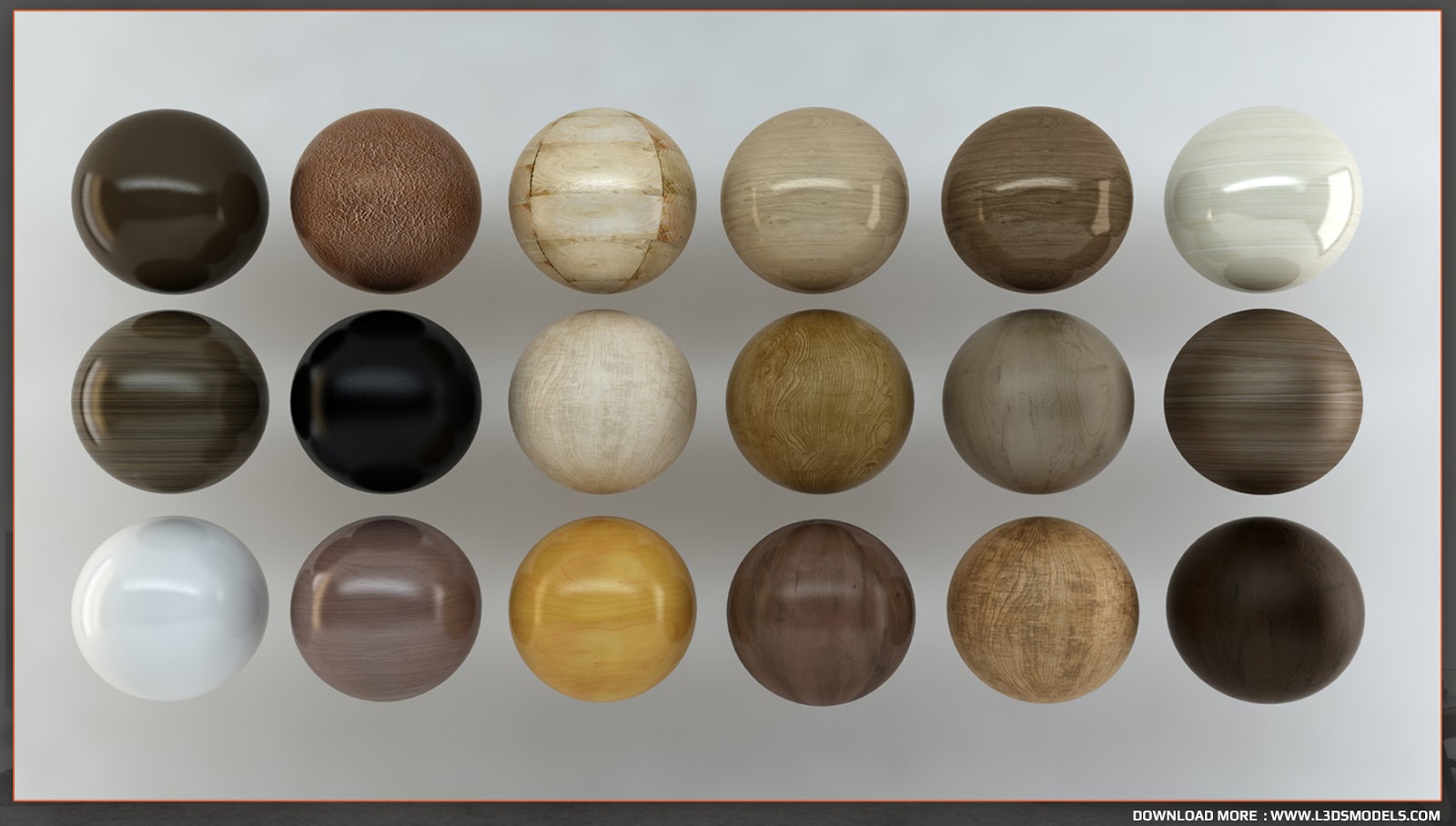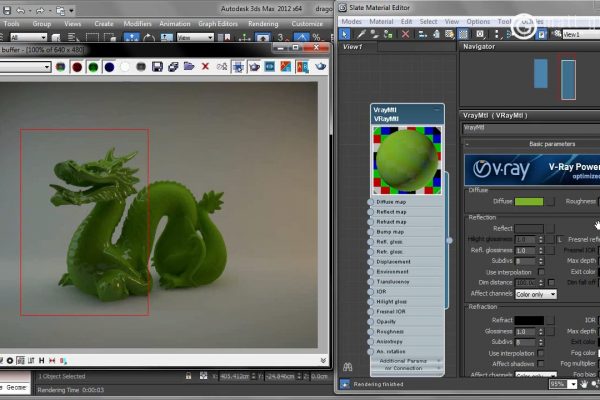

Smaller faces have fewer strands, larger faces have more strands. Per Area – The number of strands for a given face is based on the size of that face. Specifies the number of fur strands per face of the source object. Per Face – Every face will generate the specified number of fur strands. VRay Fur – Enables or disables the VRay Fur.ĭistribution – Specifies how the density of strands is determined over the source object: Note that V-Ray Fur will ignore back-face materials. The object will then receive all associated object properties.īy applying a material to the group or component, the fur object will absorb the applied material and use that applied material and UV Mapping for the Fur.

The Fur object can be copied between groups or components by placing then inside a new group or component. The bounding box and icon represent the newly applied V-Ray Fur object properties. When you select a group or component in the scene the V-Ray Fur button will become active.Īlternatively, you can create Fur from the Extensions menu > V-Ray > V-Ray objects > Apply Fur to Selection or from the Asset Editor > Geometry > Fur and use the Apply to Selection context option.Īfter creating a V-Ray Fur object, a bounding box with a V-Ray Fur icon will appear in the viewport around the selected group or component. The V-Ray Fur tool does not support nested groups or components and will stay grayed out if a group or component contains other nested groups or components. Which can be found under Render Setting – Effects – VrayBridge.The V-Ray Fur button is inactive until a group or component object (sometimes referred to as closed geometry) in the scene is selected. The material can also be adjusted in the C4D Material manager,Īll render settings are lcoated in the Vraybridge render setting tabs.

All light, camera, material and tag settings can be adjusted in the C4D Attribute manager. You can render in the perspective Viewport and in the picture viewer as you would normally in Cinema 4D. VRAYforC4D is used very much as the usual Advanced Render Workflow within Cinema 4D, though the Material and Render Settings are slightly different due to other features and additional options. This includes early stage GPU functionality in addition to the powerful and well established CPU rendering. V-Ray for C4D v3 now incorporates the latest render engine and toolset from Chaos. Vray for Cinema 4D by LAUBlab KG brings the features, power and reliability of Vray into Cinema 4D. It enables you to use V-Ray directly within Cinema4D using the typical C4D like workflow. Free Download V-Ray for Cinema 4D also known as VRAYforC4D is the Cinema4D native incarnation of this great engine.


 0 kommentar(er)
0 kommentar(er)
